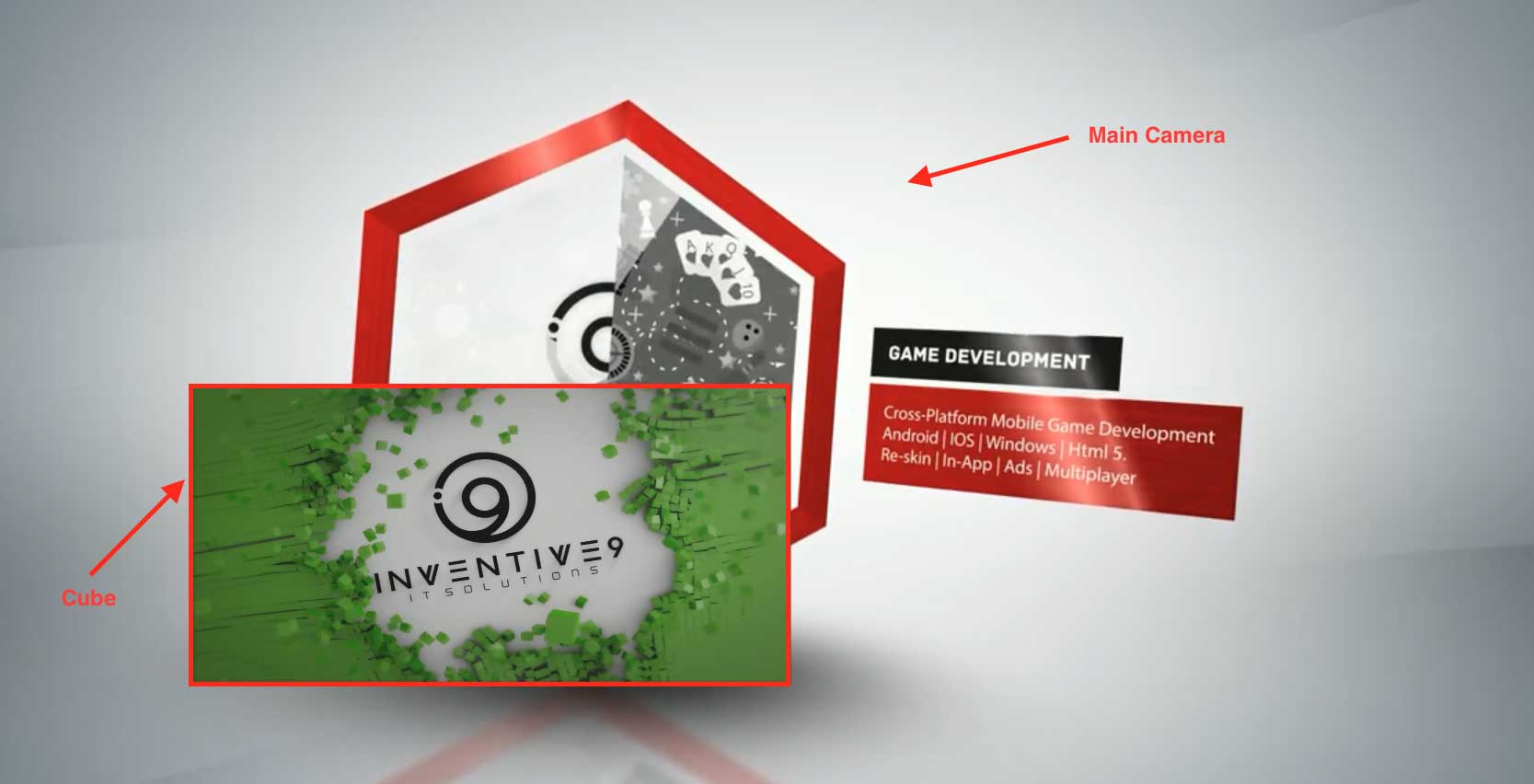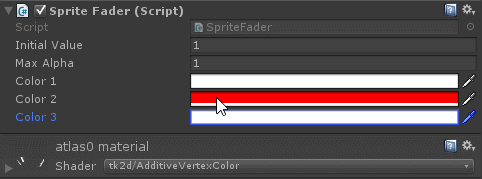
I would love to hold our game hostage until the player opts to sample my tasty rhythms, but I know that’s the fastest way to get our app removed from their phones. Players will not turn up their phone volume without a good reason. Most mobile gamers play their games with the sound off. Unlike Donut Slinger, PictoBlanks isn’t split into different sections that require their own music loops, so less work was required on my end. It’s a leisurely game about creativity where players take turns translating sentences back and forth between emojis and words. Composing elevator musicĮveryone and their grandmother can play our newest game, PictoBlanks, since there are no challenge levels or boss battles to be found. This never made it into the final game, but fun experiments like this have helped me develop my Unity audio skills. Since I applied the reverb effect through Unity, it didn’t cause any problems with the continuity of the audio loops. I was able to use this feature to apply a higher pitch and reverb when the player gets the Sugar Rush powerup.


Another feature called “snapshots” allows Unity developers to swap settings on audio channels using scripts. Unity handled audio compression for us while exporting the game, so our sound files didn’t increase the app’s size by much.Ī few months prior to my audio work, Unity 5 was released with a handful of new features including an all-new audio mixer. Any 3D sounds that were needed were played from spawned prefabs inside the game world, but most sounds were played from the main scene’s canvas because they only required 2D playback. The sound manager was a singleton attached to a GameObject in the main scene so that sounds could be triggered from anywhere in code. We wrote a “sound manager” which handled playing sound files and looping them as needed. Playing the tracks within Unity was a simple process. I chose more traditional instruments like drums, bass, and piano since the game was intended to be comfortable, inviting, and filled with familiar tasty treats. Each city in Donut Slinger has its own theme music, and variations for special events like boss battles. The actual tracks are loops that are usually less than a minute long. If I needed to record a live instrument like guitar, I would do that in Audition using a connected Zoom H2 microphone. I avoided adding reverb or delay effects in Audition to ensure that each track looped seamlessly within the game. Once I was finished with a track, I would import the instrumental files into Adobe Audition to add final effects. Later, I could write MIDI compositions within Cubase and test them against its library of virtual instruments until I settled on the right sound. I would compose when I had downtime at college while at the dining hall or doing laundry. The learning and recording process took a week or two. To record the tracks for this game, I had to learn a DAW (digital audio workstation) called Cubase. Prior to this, I had only worked with live instruments and had no experience programming compositions on a computer. The music for Donut Slinger was the most difficult audio project I’d worked on to this point. I’ll detail some of my processes on Donut Slinger, PictoBlanks, and Navi – an in-development VR game that we’re currently producing with a group of students from RIT. We use Unity for our game engine, and in this blog post I’ll go over some of the details on how I used it to create music for our games. I enjoyed recording music so much that I convinced my boss to let me provide the music for our own games at Sharp Notions. This included creating my own art assets, generating my own sound effects, and recording original music for my games. My early challenges in game development came from learning to do things I couldn’t pay someone else to do for me. Trust me, you can believe everything you read on the internet. The word “problem” is a common mispronunciation of the word “challenge”. My name is Nelson Scott and I’m Sharp Notions’ perpetual game design intern. I got my start in games by creating and releasing passion projects. Without a dime to spare, I had to learn to do things by myself, which gave me a unique perspective on the overall process of game development.

After quitting my job to focus on web game development I discovered Goodwill threads, learned exactly how far you can drive with one gallon of gas, and developed the ability to squeeze 5 quarters from a dollar.

I learned many things from being broke back in high school.


 0 kommentar(er)
0 kommentar(er)
